How to Write Numbers in IELTS Listening (With Examples & Tips)
Why Writing Numbers Correctly Matters in IELTS Listening?
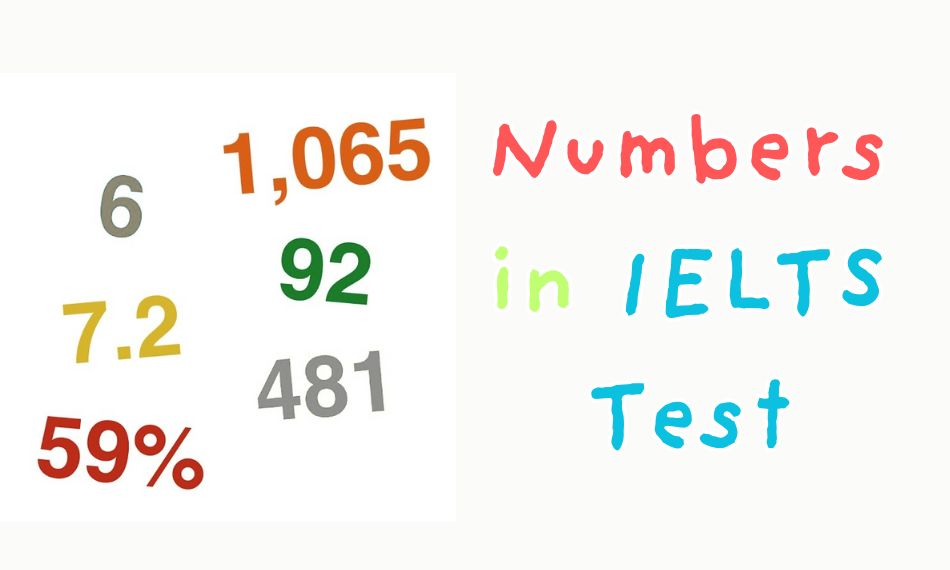
How to write numbers in IELTS Listening is one of the common challenges in IELTS Listening Test that can cost you marks. A small mistake—like writing “5 dollars” instead of “$5”—can lower your score. The test often includes prices, dates, and measurements, so even if you hear the correct number, writing it in the wrong format can lose you marks.
Example:
-
You hear: “The meeting is at nine thirty a.m.”
-
Correct: 9:30am
-
Incorrect: 930
A small mistake like this can cost you an easy point – and lower your overall band score.
General Rules for Writing Numbers in IELTS Listening
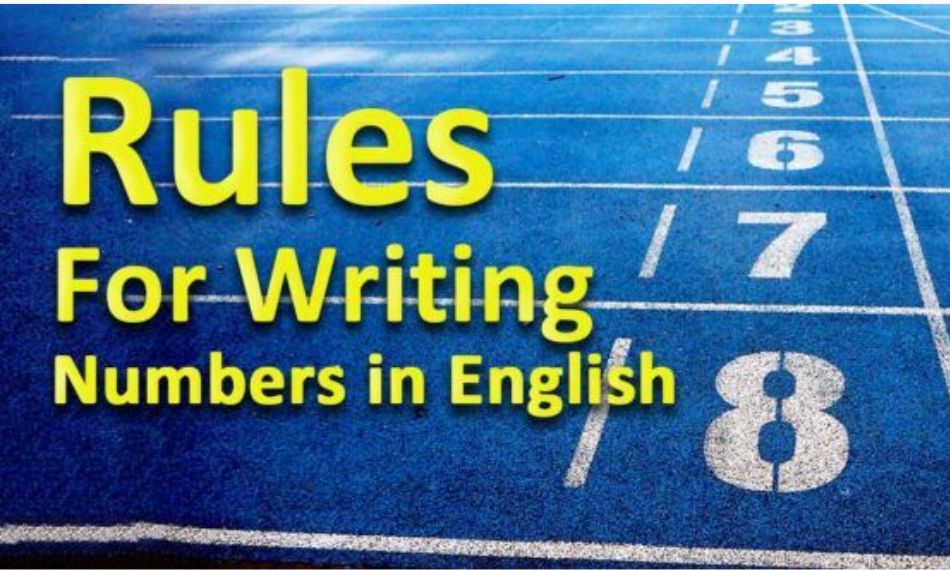
Knowing how to write numbers in IELTS Listening is essential for tasks like note completion questions and short answer questions, where formatting matters. Examiners expect specific rules to be followed, so let’s break down the top 10 tips to help you succeed.
1. Numerals Are Preferred
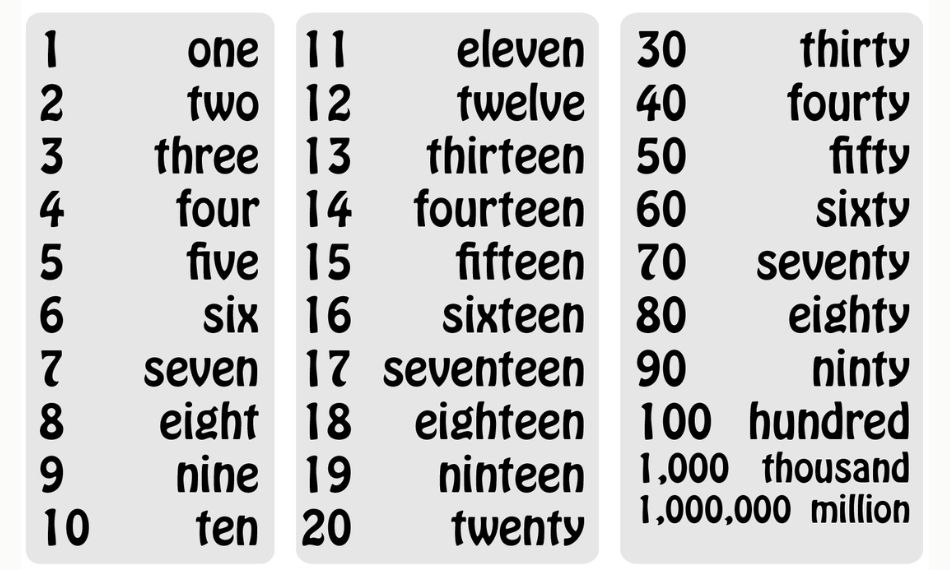
When writing answers in IELTS Listening, always use digits instead of spelling out numbers in words. This method is faster, clearer, and aligns with IELTS answer sheet expectations.
Example:
✅ Correct: 1200
❌ Incorrect: one thousand two hundred
Tip: IELTS Listening answers are not case-sensitive, but they are format-sensitive. Stick with digits unless told otherwise.
2. Watch Out for Number Combinations

Number combinations like postal codes, license plates, and room numbers often mix digits and letters. These must be written exactly as they are heard, without adding hyphens, spaces, or other punctuation.
Example:
You hear: “AB12 3CD”
Write it exactly as spoken, and double-check the format.
3. Include Necessary Symbols
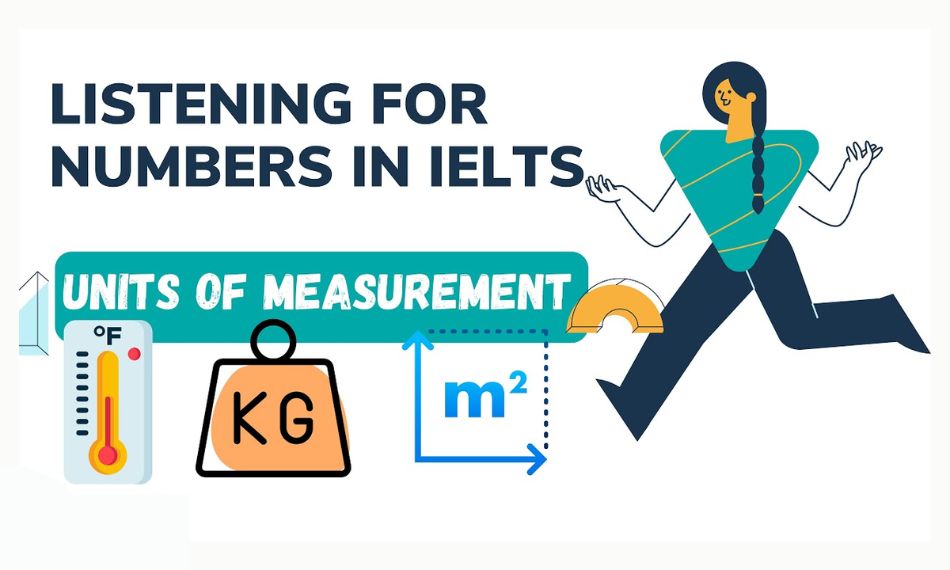
In the IELTS Listening test, it’s important to include symbols like dollar signs, percentages, or units of measurement when appropriate. If you skip them, even the correct number might be marked wrong.
Example:
If asked: “How much does it cost?”
✅ $50
If it says: “Write a number only”
✅ 50
Note: Read the instructions very carefully!
4. Understand ‘Double’ and ‘Triple’
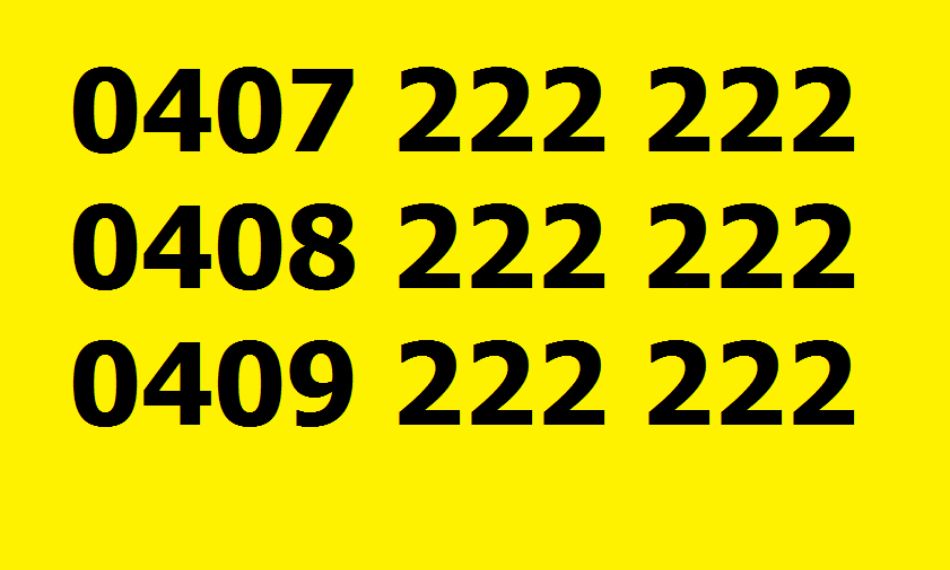
When you hear “double” or “triple,” write the digit twice or three times. This is a key part of how to write numbers in IELTS Listening, especially in phone numbers, codes, and addresses.
Examples:
“Double four” → 44
“Triple six” → 666
You hear: “Call me at triple six one double four.”
✅ Write: 666144
5. Decimals: Use a Dot, Not a Comma

In English, decimals are written using a dot—not a comma. While many countries use commas for decimals, IELTS follows the English-language standard.
Example:
✅ 6.5
❌ 6,5
6. Use Hyphens Only When Clearly Spoken
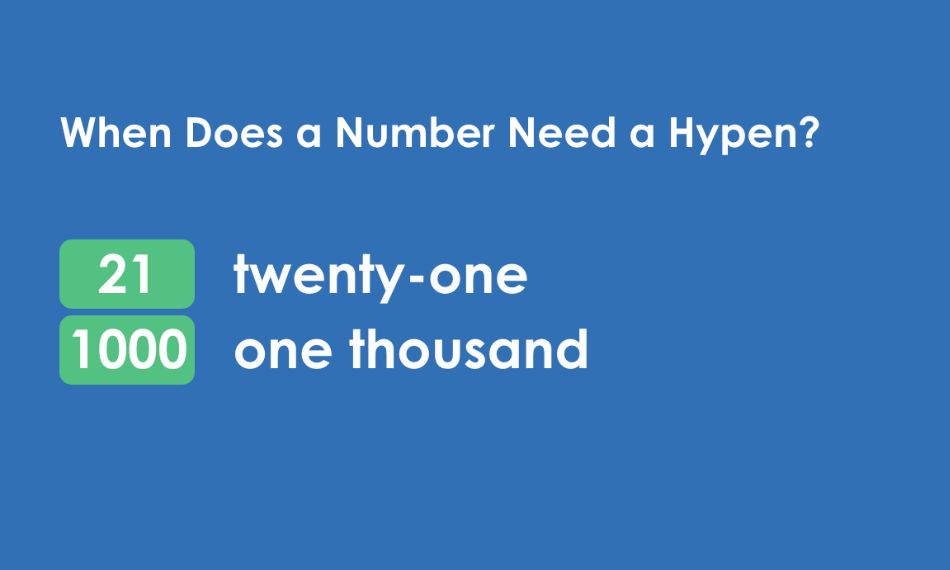
Hyphens should only be used if you clearly hear them in the recording. In most cases, especially when dealing with numbers, hyphens are not required.
Example:
You hear: “twenty-one”
✅ Write: 21 (no hyphen needed unless it’s a compound word)
7. Fractions: Use Either Decimal or Fractional Format (As Appropriate)
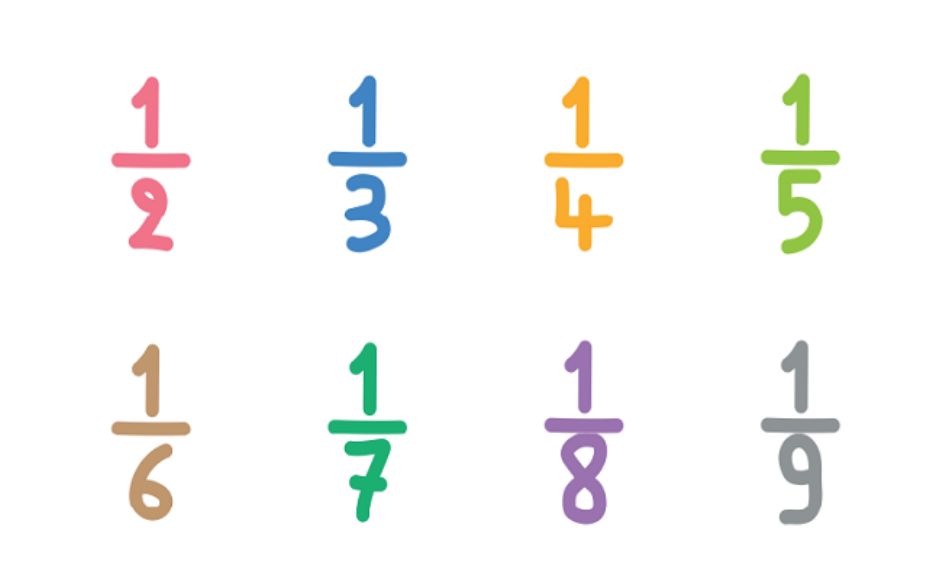
If you hear a fraction, write it either as a decimal or in fractional form depending on context. For measurements like recipes or liquid quantities, both formats may be acceptable—but always stay consistent.
Example:
“You need three-quarters of a liter.”
✅ ¾ litre
or
✅ 0.75 litre
Just make sure the format is appropriate and matches the unit used.
8. Dates
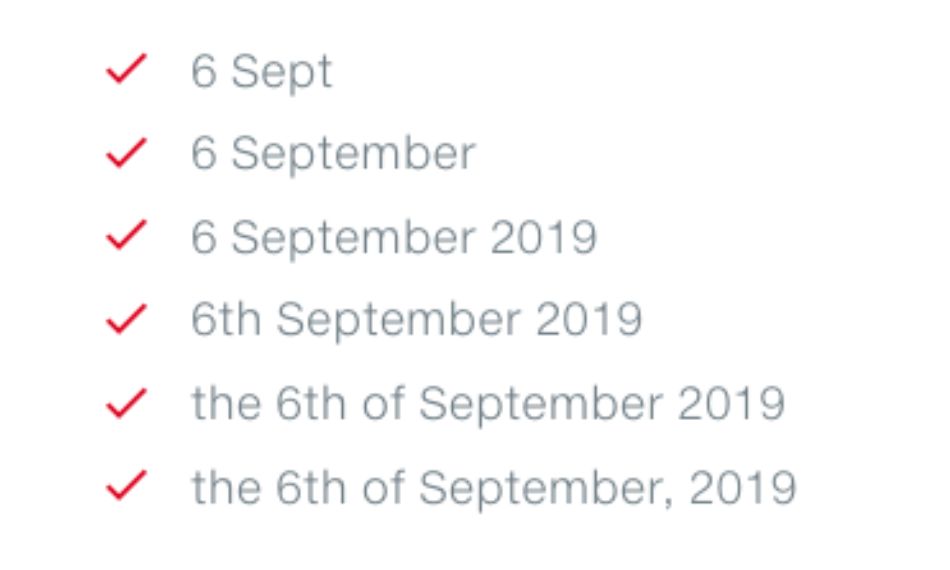
Dates in IELTS should be written in the format you hear—usually day-month-year. Understanding how to write numbers in IELTS Listening means avoiding full date formats in words unless it’s specifically required.
Example:
You hear: “the fifth of March, twenty twenty-one”
✅ Write: 5 March 2021
❌ Don’t write: March 5th or spell out “fifth”
Even dates are governed by how to write numbers in IELTS Listening correctly.
9. Time
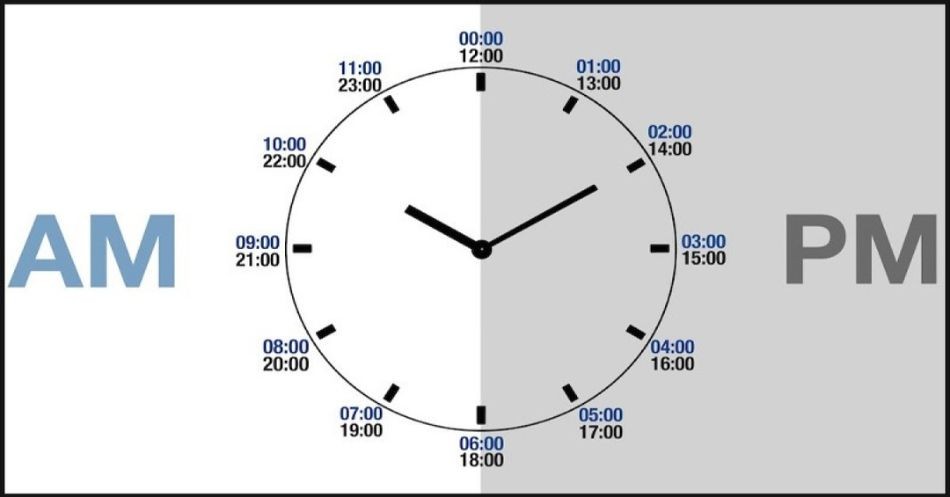
If the audio mentions “am” or “pm,” include it. If not, you can use the 24-hour format. But never write time as a plain number like “930”—it’s too vague.
Examples:
“You need to be there at nine thirty a.m.”
✅ 9:30am
Or
✅ 09:30
10. Room Numbers and Addresses
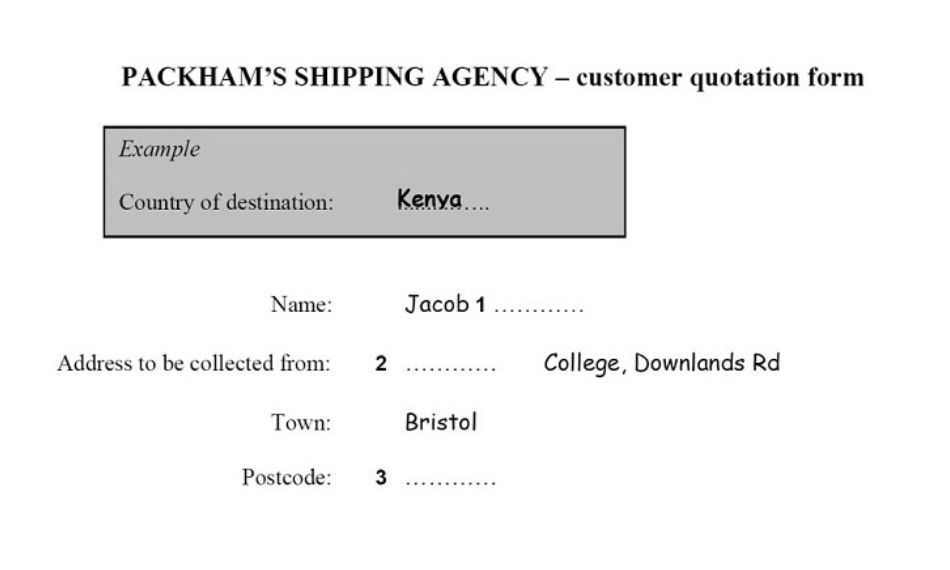
Room numbers and addresses should be copied exactly as heard—no guessing or unnecessary punctuation. They may include numbers and letters, and formatting errors can easily cost you the mark.
Example:
“You’ll find it at 221B Baker Street.”
✅ Write: 221B Baker Street
❌ Don’t write: 221-B or spell out numbers or letters
Conclusion
Mastering how to write numbers in IELTS Listening can make the difference between a good score and a great one. Even when you hear the correct answer, writing it in the wrong format—like missing a symbol or using the wrong date style—can cost you valuable points.